Pronghorn Population Low, NDGF Will Not Recommend a Season This Year
North Dakota Game and Fish Department biologists recently completed the 2010 pronghorn population survey, and census data revealed the statewide population is 37 percent lower than last year and down more than 50 percent from 2008 as a consequence of recent severe winter weather. Therefore, the Game and Fish Department will not recommend a pronghorn hunting season in 2010.
Bruce Stillings, big game biologist in Dickinson, said two severe winters with high adult mortality rates, followed by poor production, has dropped the statewide population estimate to 6,500 pronghorn. Since 2003, the statewide population has been at or above 10,000 animals, including two years with more than 15,000.
“We need to give these populations an opportunity to recover. Our numbers are declining with few yearlings observed due to poor production in 2009, which was the lowest documented on record, followed by last year’s tough winter,” Stillings. “Production was better this year, but still below long-term averages in all management regions.”
The aerial survey is flown in early July after young-of-the-year are born and visible. “We have to fly surveys to find out how many animals are on the ground,” Stillings said. “We actually count individual animals so there is no extrapolating.”
Survey results indicate the northern badlands population is doing the best, while pronghorn in the western Bowman management area are in the poorest condition. “Pronghorn in the northern badlands are at higher numbers due to experiencing only one severe winter over the last two years, while the remainder of the range had back-to-back severe winters,” Stillings said. “Pronghorn in the western Bowman management region have not only had back-to-back severe winters, but experienced an abnormally cold and wet spring in 2009, which resulted in an unprecedented low production in 2009.”
Northern Great Plains pronghorn are susceptible to dramatic population declines due to extreme winter conditions, Stillings said. The last two years have been a worst case scenario for pronghorn in North Dakota, similar to 1977-79 when three consecutive severe winters hit the region, resulting in closed seasons from 1978-1981.
“The last thing pronghorn need is another severe winter,” Stillings said. “A mild winter will increase adult survival and leave females in good condition for fawning.”
Biologists will continue to monitor pronghorn numbers in the future, and when the population returns to a level capable of withstanding a harvest the season will reopen. “The winter of 2010-11 will be pivotal in determining whether pronghorn begin to recover or if a series of closed seasons similar to the late 1970s are needed,” Stillings said.
The 2010 pronghorn season will be closed to both gun and archery hunters. Applicants who have accumulated preference points will maintain their current points. Individuals who have already purchased an archery license will be issued a refund.



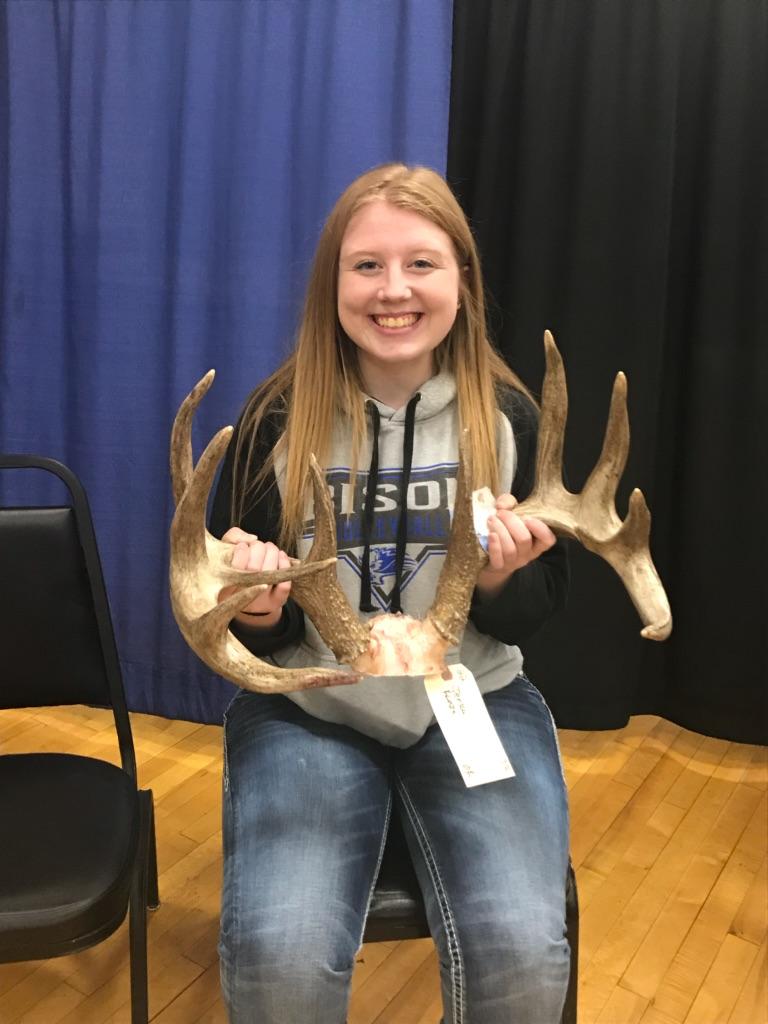
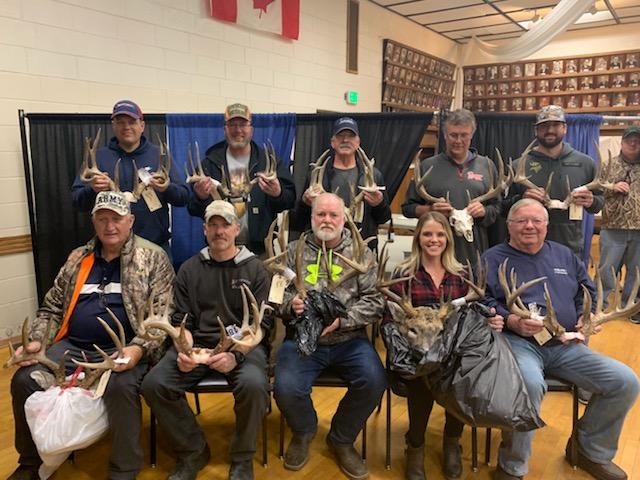

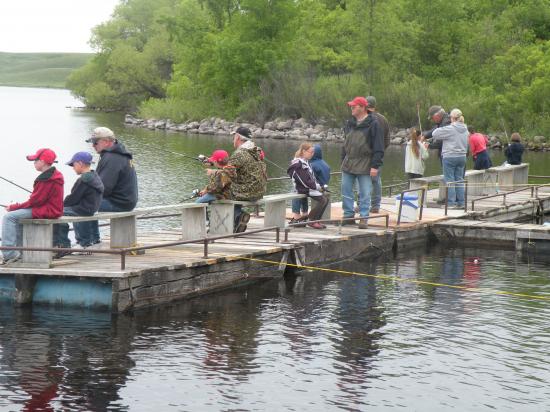
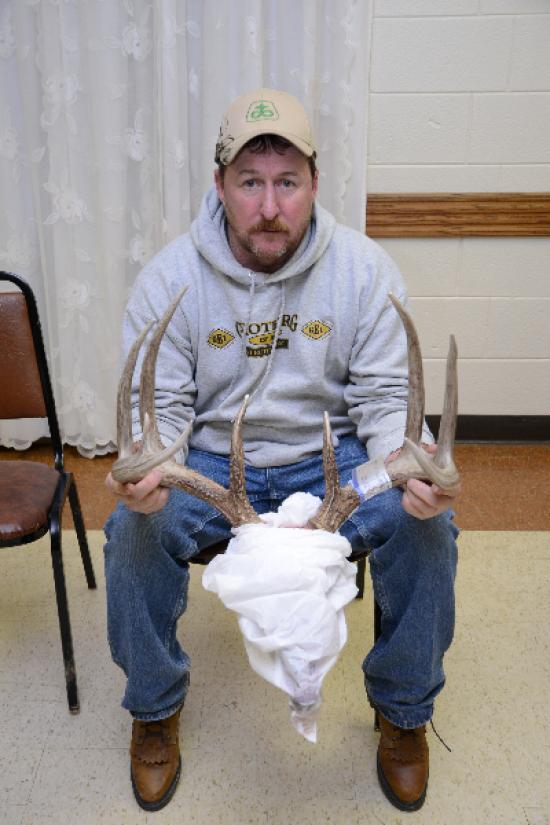
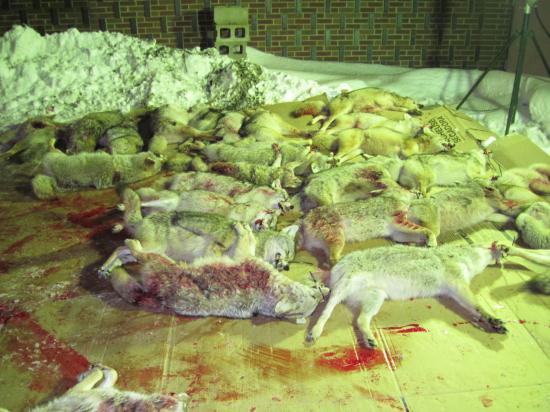
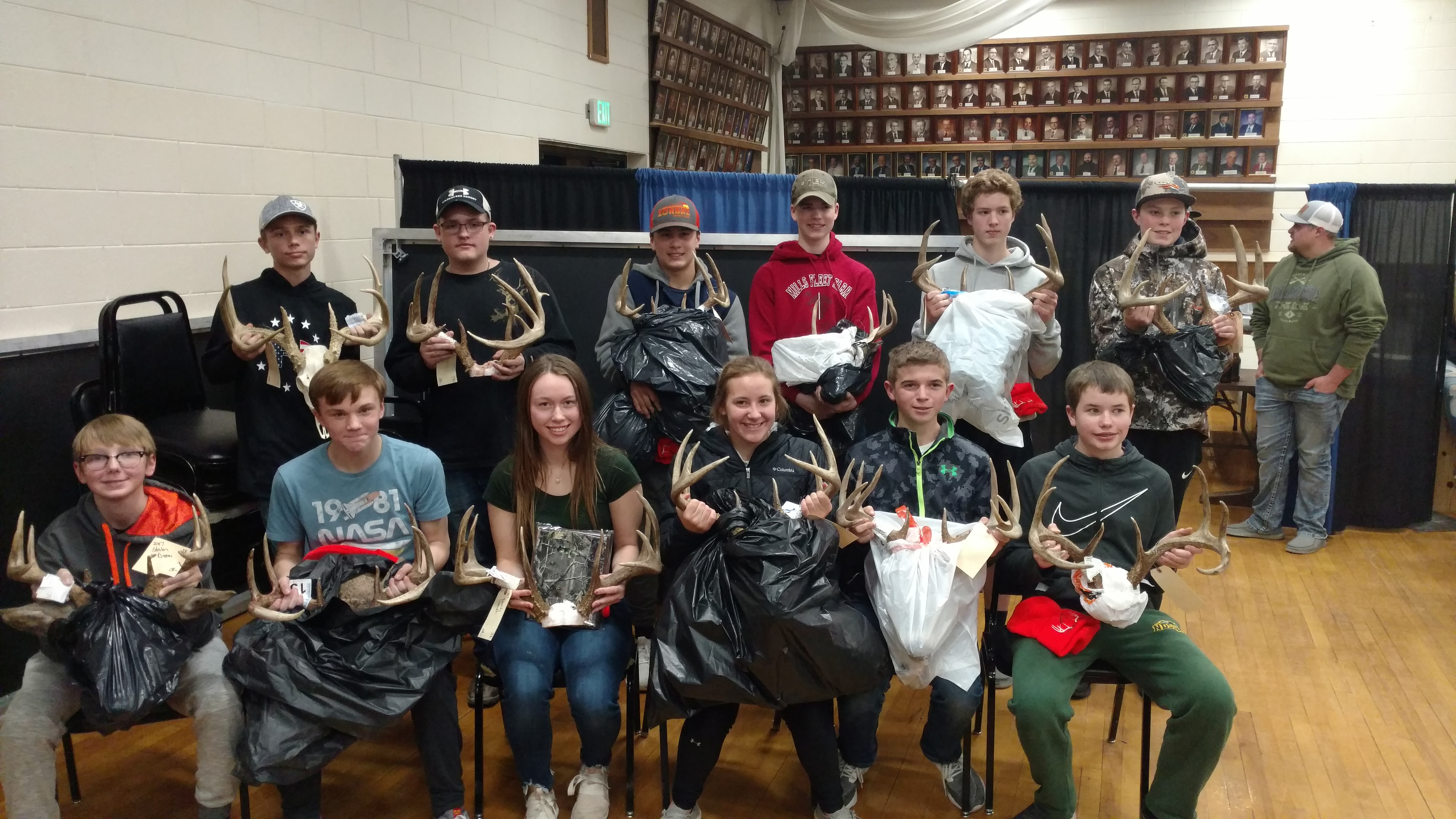
Leave a Reply